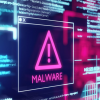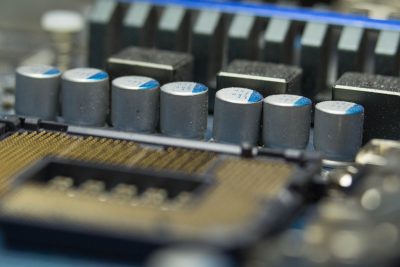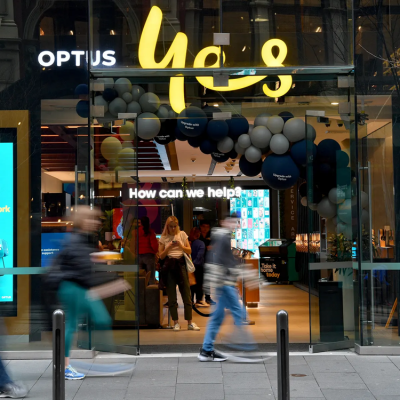Organizations must use authentication as a foundational security measure. If they want to know who and what is using their resources and assets. Strong Authentication in Digital, according to the Cybersecurity and Infrastructure Security Agency (CISA), is the process of confirming the legitimacy of a user’s identification.
Organizations need to establish strong authentication in an environment of sophisticated cyber threats and determined cybercriminals to safeguard against complex attacks. Multi-factor authentication is one of the technologies and methods used in strong authentication. This is a technique for securing computer systems and/or networks by confirming a user’s identity (MFA). This article highlights the technologies and procedures that support and enable strong authentication.
Businesses are Slowly Moving Away from Insecure Passwords
The front door of a company typically unlocks by usernames and passwords, granting access to its resources and data assets. But passwords aren’t secure. How does the company know its user Joe Smith and not someone else using just his password when he submits his login and password to request access to resources and assets?
Without improved authentication, there is just no way to tell with any degree of assurance. It is simply too hazardous to rely solely on a user entering their password to verify their identity before gaining access to an organization’s resources and data. Businesses are now realizing the necessity to develop their procedures by abandoning the login and password model in favor of strong authentication.
The findings of the 2021 Thales Access Management Index report, containing survey responses from more than 2,600 respondents in more than 10 countries. The findings revealed that, although respondents were moving toward the adoption of multi-factor authentication (MFA). The global average for MFA adoption was only 55%. This shows that MFA is not yet commonplace in the context of robust authentication.
Strategic Considerations
It will be crucial to think about how a solid solution would support business goals and the user experience. Handle the risks facing the company as it transitions to contemporary authentication. Organizations should think about using several techniques depending on various risk levels to achieve this. Organizations should make a list of the solutions they currently have in place for identity and access management and authentication to prevent any overlap in tools or solutions.
Technology Considerations
Even if credentials are obtained by phishing attempts or other ways, implementing MFA makes it more difficult for threat actors to access information systems, including email, remote access technologies, and billing systems. MFA is a multi-layered method of securing access. You must use a combination of two or more authenticators (i.e., something you have, something you know, or something you are) to enable MFA, which then verifies your identity before granting access. MFA technologies include:
One-Time Passwords (OTP): technology based on a shared secret stored on the authentication device
Certificate-based Authentication (CBA): uses a public and private encryption key that is specific to the authentication device. And the user who owns it to secure authentication. Smart cards and USB tokens are two examples.
Context-based Authentication: Context-based authentication, which is advised as a complement to other strong authentication systems, makes use of contextual information to determine whether a user’s identity is genuine or not.
Fast Identity Online (FIDO) authentication verifies users using safe biometric identification technologies, such as facial recognition and fingerprints.
MFA is more secure than relying just on a password for authentication, but it cannot defend against highly skilled phishing assaults. For instance, users may be tricked into entering a one-time code in response to a security prompt and giving the attacker access to the business data.
Using shared secrets in MFA processes makes them susceptible to phishing attacks. The U.S. federal government mandates phishing-resistant MFA because of this and the fact that officials are frequently the subject of sophisticated phishing assaults. Phishing-resistant MFA uses Asymmetric key cryptographic authentication procedures. The federal government uses the Personal Identity Verification (PIV) standard as one of its phishing-resistant MFA strategies to defend against sophisticated phishing attempts. According to CISA, only FIDO authentication is secure against phishing attacks.
Pitfalls to Avoid
Unintentionally increasing operational complexity by deploying various tools at various times is a common problem. According to the Thales Access Management Index research, 33% of those surveyed use three or more authentication access management products. Coordination of numerous systems may raise operational complexity and increase the possibility of mistakes or incorrect configurations, which may result in security holes.
Strong authentication will defend against attacks in a way that weak authentication cannot. But it should not be implemented without taking the human factor into account. Employees should receive end-user training and education about technology. Also, procedures to guarantee that they are utilizing robust authentication in accordance with the best security practices.
Conclusion
A sophisticated cybersecurity scheme needs strong authentication. It serves as the building block for an organization’s identity management and access management systems and is seen as essential to attaining a zero-trust architecture and securing cyber insurance. Strong authentication involves technologies that will guard against sophisticated, targeted phishing attacks. And the more typical techniques of gaining unauthorized access to data. Strong authentication requires that companies proactively choose a tool or solution. The tool or solution should meet user needs, and business goals, and prevent operational complexity.






Pingback: FBI Warns of Increase in Payment Scams in the Healthcare Sector - The Cybersecurity Daily News